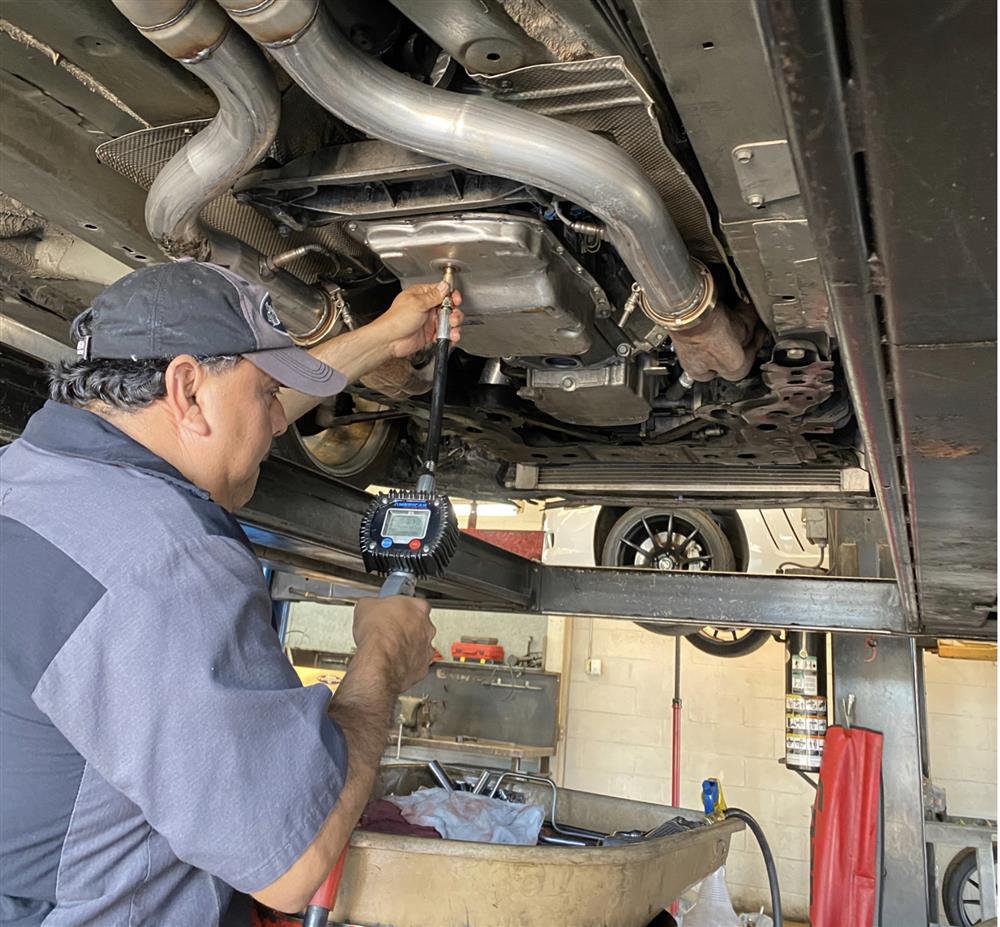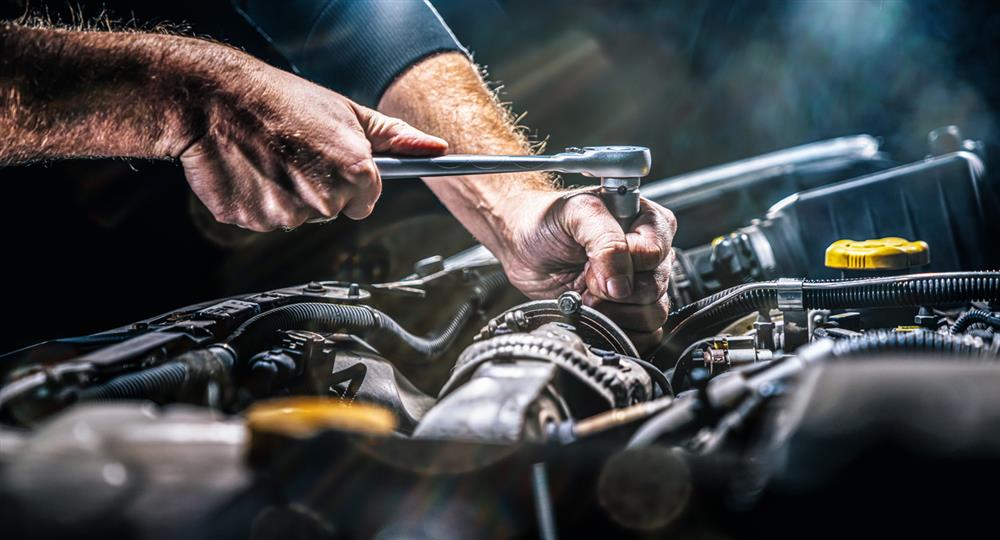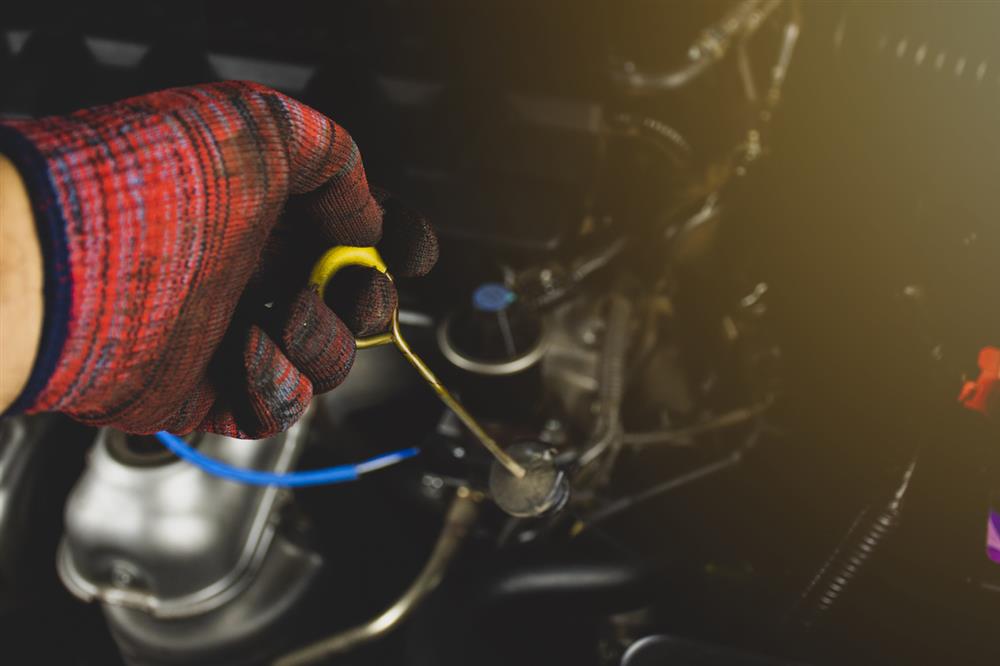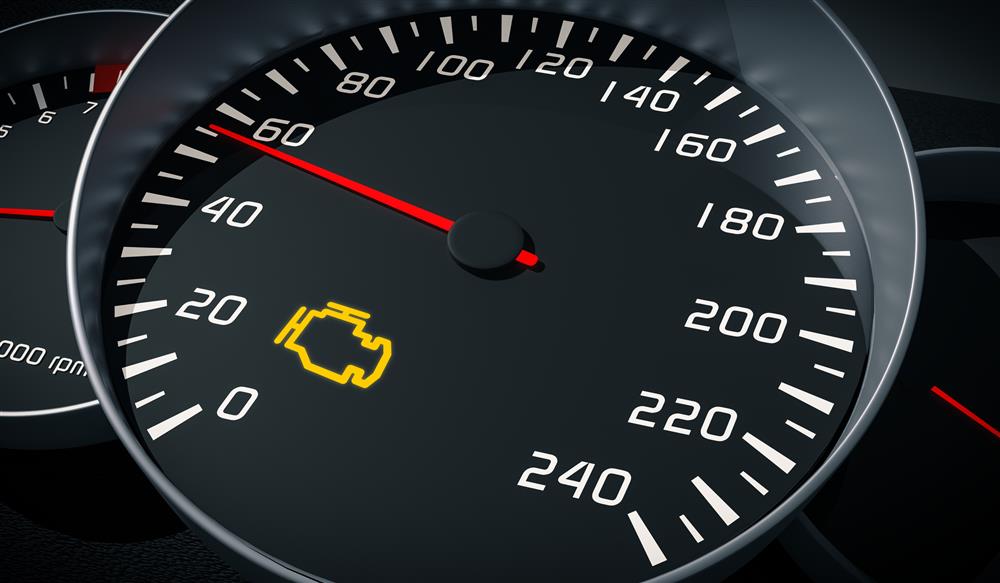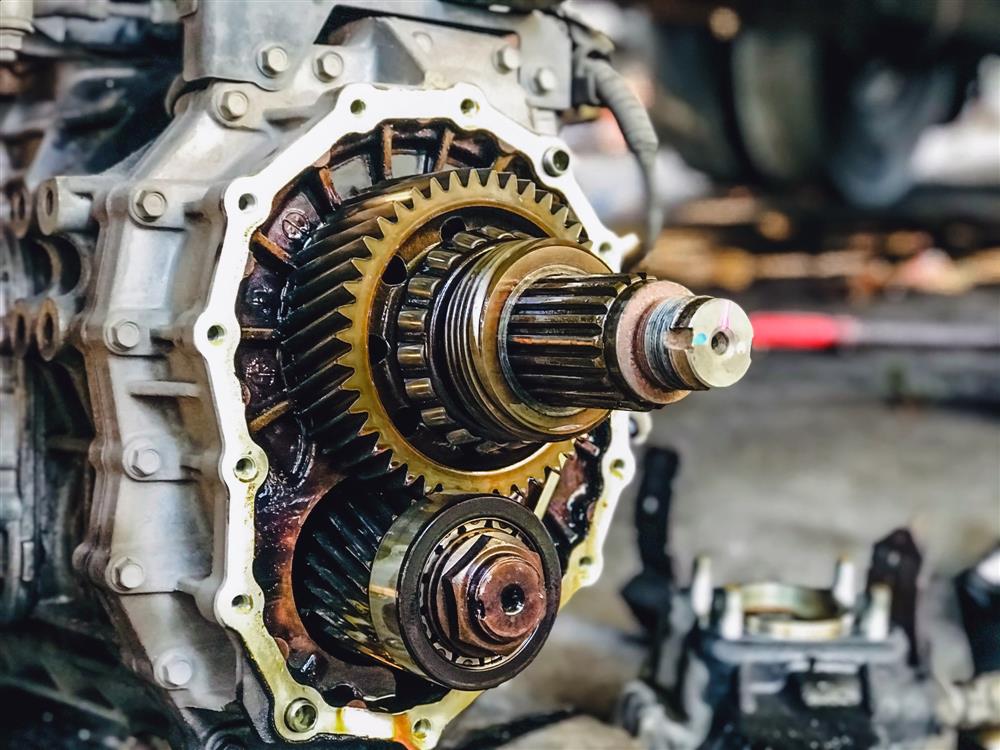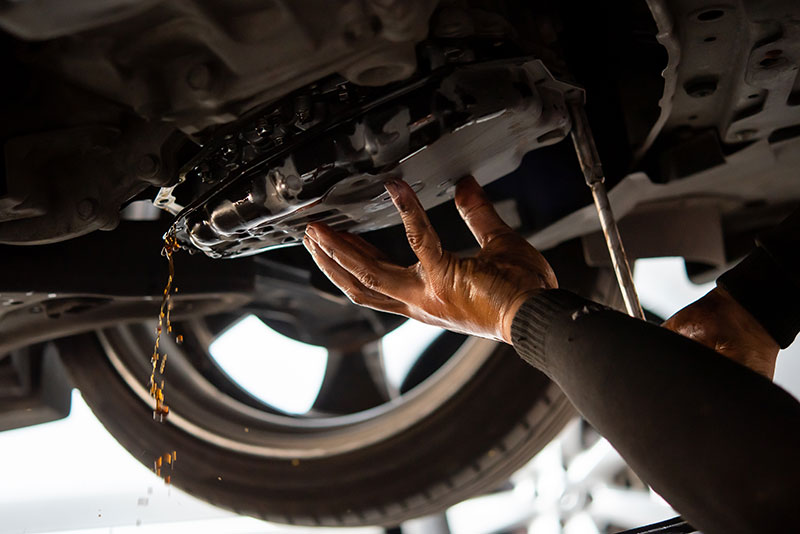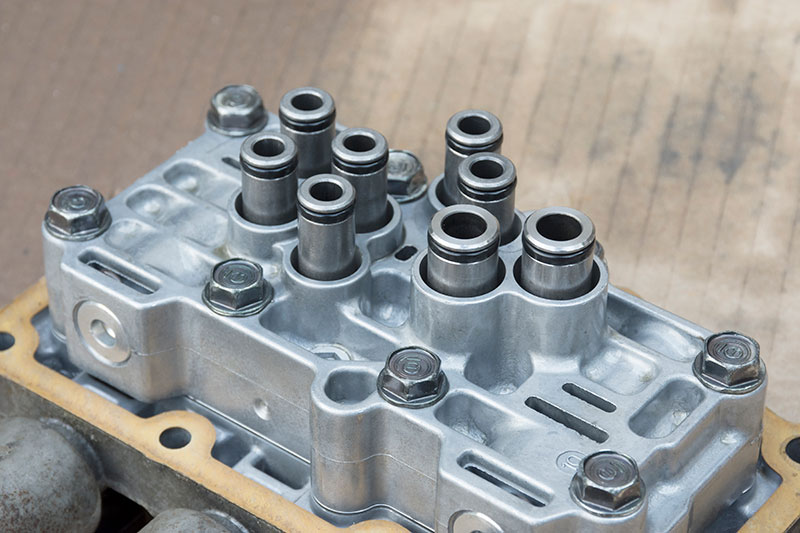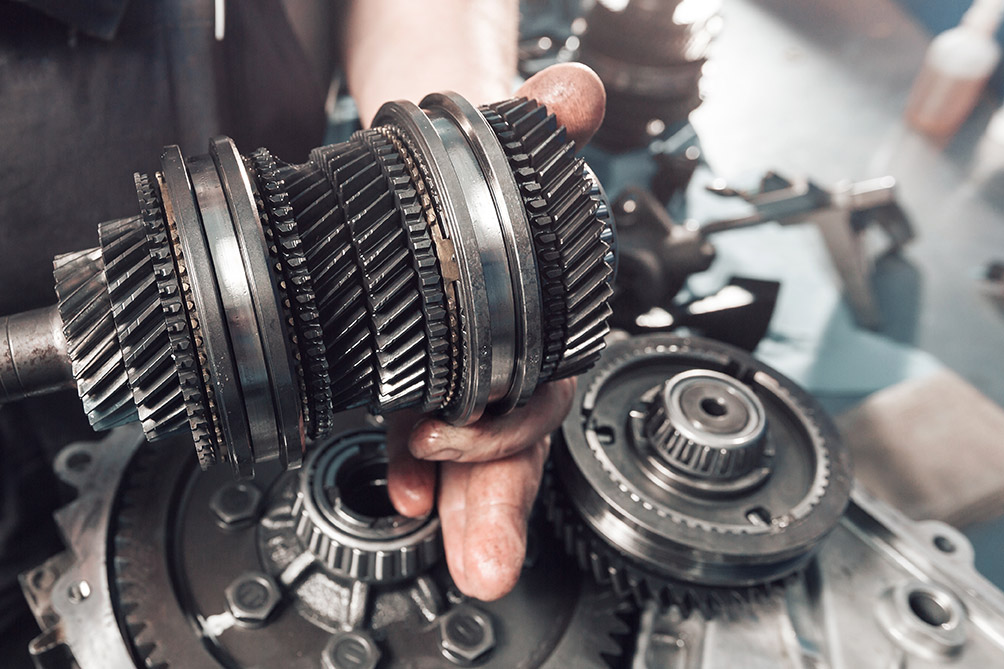Your transmission fluid plays a critical role in your vehicle’s functioning. Thus, it’s important to check your transmission fluid at least once a year.
Don’t just check transmission fluid levels. Check the color of your transmission fluid as well. Its appearance can tell you whether you need to replace it.
What Does Transmission Fluid Do?
Whether your vehicle has a manual transmission or an automatic transmission, when gears shift, it can put a significant degree of wear-and-tear on the vehicle’s parts. Transmission fluid helps to lubricate these parts. According to Universal Technical Institute, transmission fluid also ensures that transmissions remain fairly cool.
What You Need to Know About Checking Transmission Fluid
The best resource for information about checking and replacing your transmission fluid is your vehicle’s owner’s manual. It will provide directions on how to check transmission fluid in your specific model vehicle.
The owner’s manual will also explain what type of transmission fluid your vehicle uses. As Car and Driver points out, different types of transmissions use different types of transmission fluids.
You may check transmission fluid with the dipstick. You can usually find the dipstick under the hood in the engine compartment. Look for a transmission symbol or other such marking to confirm you’re using the transmission dipstick and not the dipstick for checking engine-oil.
The process for checking transmission fluid with a dipstick typically involves:
- Warming up the engine
- Parking the car on a level surface and letting it idle
- Removing the dipstick
- Wiping the dipstick clean
- Placing the dipstick back in its original location
- Removing the dipstick again
The dipstick will have “low” and “high” marks letting you know whether your transmission fluid levels are low or high. However, your goal now may be to check the color and overall appearance of the transmission fluid. The next section of this guide will explain the process.
Be aware that some new vehicles have sealed transmissions. If yours does, you may never need to check transmission fluid levels.
What the Look of Your Transmission Fluid Tells You
Get out a paper towel, a sheet of printer paper, or another such white surface to rest the dipstick on. Make sure you’re not near any surfaces that dripping transmission fluid could stain.
Healthy transmission fluid tends to have a red or pink color. As its condition deteriorates, the color becomes brown-red. It’s time to replace your transmission fluid if it looks like this.
Sometimes, transmission fluid appears dark brown or even black. It may even have a burnt smell.
Bring your vehicle to a transmission service specialist if this is the case. At this point, it may no longer be enough to replace your transmission fluid. You might have to also replace internal transmission components that are damaged.
Checking Transmission Fluid: A Simple Way to Save Money
Replacing your transmission’s internal parts is costlier than replacing the fluid. That’s why checking the fluid at least once a year is smart. If you know when to replace your transmission fluid before damage occurs, you could save a lot of money on repair bills over the years.
Contact Transmission Services Specialists
At Circle D Transmission, in Houston, TX, we offer a range of transmission services, including repair and replacement services. Learn more about what we can do for you by calling us or contacting us online today.




